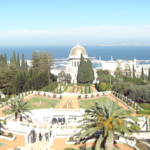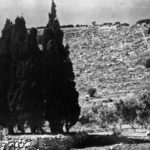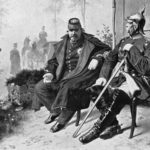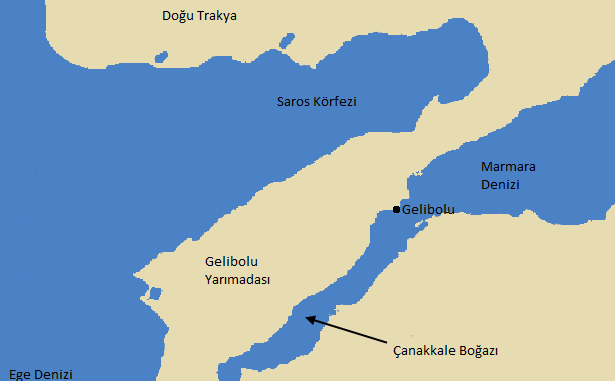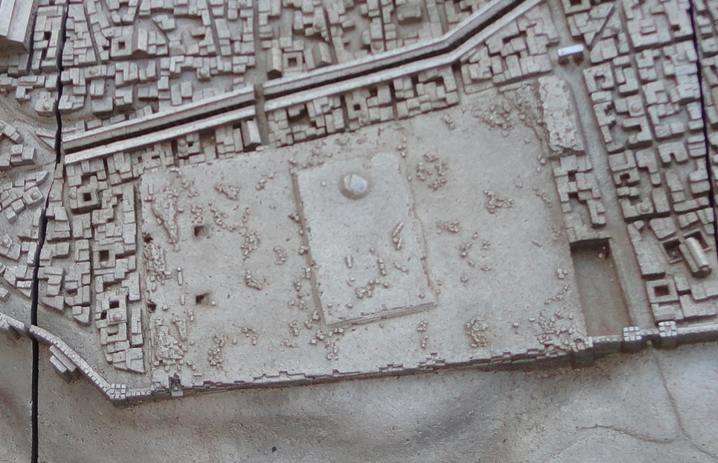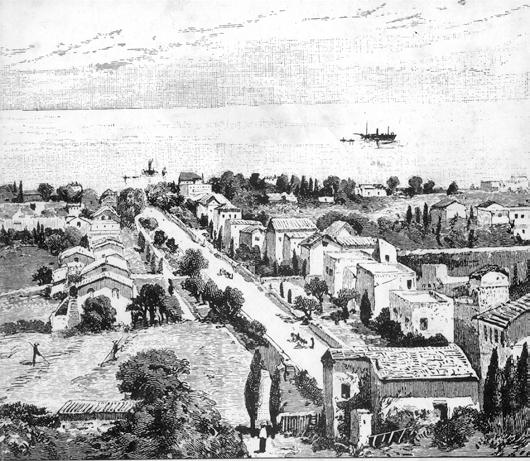
The Lord is Near – the German Templers of Mount Carmel
 The nineteenth century was a time of religious expectation. In Persia religious scholars urged their pupils to seek out the Promised One. In the United States confident predictions were made that Christ would return in 1843 or 1844. Similarly, in Germany such expectations arose. Reverend J.A. Bengel of the Pietist movement in Germany predicted that Christ would return in 1837. Like those who were disappointed in America when they did not see Jesus literally descending on the clouds, new religious movements sought other ways to express their aspiration for the Kingdom of God. The German Templers were inspired by a vision of a revitalised “Temple” – true Christian communities which they sought to establish and model in the Holy Land.
The nineteenth century was a time of religious expectation. In Persia religious scholars urged their pupils to seek out the Promised One. In the United States confident predictions were made that Christ would return in 1843 or 1844. Similarly, in Germany such expectations arose. Reverend J.A. Bengel of the Pietist movement in Germany predicted that Christ would return in 1837. Like those who were disappointed in America when they did not see Jesus literally descending on the clouds, new religious movements sought other ways to express their aspiration for the Kingdom of God. The German Templers were inspired by a vision of a revitalised “Temple” – true Christian communities which they sought to establish and model in the Holy Land.
In December 1868 they arrived at the foot of Mt Carmel, establishing a settlement near the then small town of Haifa. A few months earlier, in August 1868, Baha’u’llah arrived near-by – a prisoner in the citadel of Akka, visible from Mt Carmel as a white city across the blue of the bay of Haifa.
As we have seen in an earlier article a similar theme of the “Temple” is embodied in Baha’u’llah’s Sura of the Temple which he was originally written in Adrianople and then recast in early days of close imprisonment in Akka – when it was difficult to even a message to reach him from outside the prison city.
Many years later Baha’u’llah was to meet the leader of the German Templers and visit their homes, yet they could not see who he was. Baha’u’llah even wrote a reply to the Templer leader David Hardegg in which (in mystical language) Baha’u’llah announces his mission. Yet they did not understand with their outward eyes.
Yet, above their door lintels the German Templers inscribed words such as “Derr Herr is Nahe” – “the Lord is Nigh“, and “Arise and shine, for your light has come, and the glory of the Lord rises upon you.”
Their spiritual instincts did not fail them they had come to the right place at the right time. Their houses today still line an avenue at the foot of Mt Carmel leading to the steps above which sits the Shrine of the Bab. The cypress trees where Baha’u’llah stood to point out the site on which the Shrine was to be built, were planted by the Templers. One of them sold to Abdu’l Baha a vineyard on Mt Carmel on which the Shrine was later built and indeed worked as a gardener there in the early days of the Shrine.
The fate of their communities is a sad one. Like many immigrant communities they clung to their previous national identity and during World War 1 and World War 2 their German ethnicity marked them out as “enemy aliens”. Indeed some among the new generation of their children and grandchildren became attracted to a much darker ideology – becoming proponents of Nazism before World War 2.
The community did not survive in the Holy Land. They were all removed over time. Some were taken and interned in Australia, where their descendants still live and maintain the religious tradition of their forebears.
Sources: David S. Ruhe, Door of Hope, The Baha’i Faith in the Holy Land
Abid Taherzadeh, The Revelation of Baha’u’llah, Volume 4
Raffi Berg, The Templers: German settlers who left their mark on Palestine
Image: The German Templer colony in Haifa 1875
(This article is the 176th in a series of what I hope will be 200 articles in 200 days for the 200th anniversary of the birth of Bahá’u’lláh. The anniversary is being celebrated around the world on 21 and 22 October 2017, The articles are simply my personal reflections on Bahá’u’lláh’s life and work. Any errors or inadequacies in these articles are solely my responsibility.)
